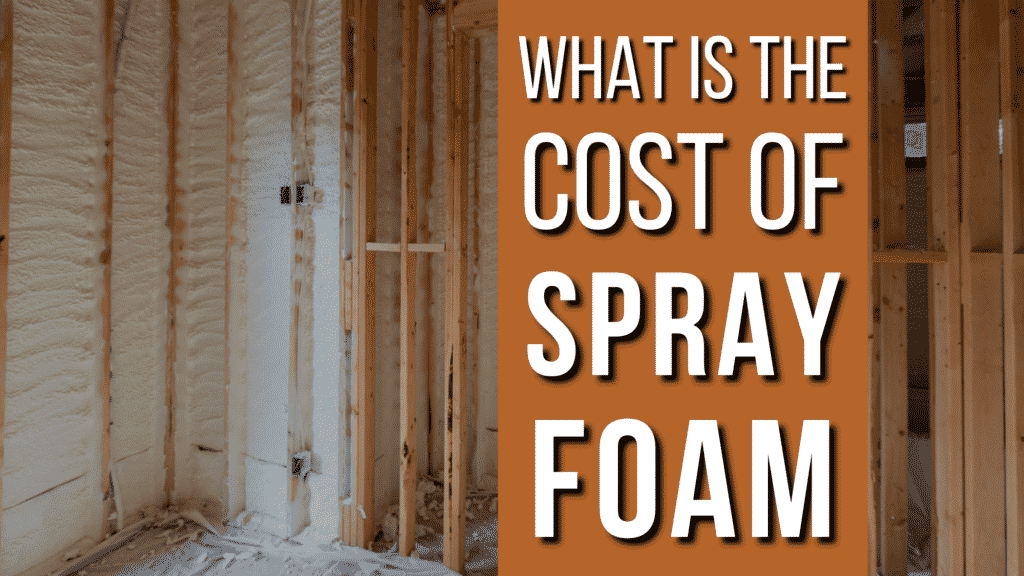“You get what you pay for” is perhaps never truer than when it comes to insulating your home or business. Spray polyurethane foam has been called the “miracle insulation” for a reason.
While the upfront spray foam insulation cost may be a bit more than that of other products, when properly installed by a skilled and knowledgeable professional, it can net you unbeatable savings and comfort for years to come.
Spray foam insulation cost
Spray foam insulation is a great option to maintain your home’s temperature throughout the year. The cost of spray foam insulation can range from $1,284 up to $3,741, while the national average is $2,492.
- Typical range: $1,284 to $3,741
- National Average : $2,492
Insulation is essential to keep your home’s interior comfortable in the summer and warm in the winter. There are many insulation options available, and each product has a different thermal reduction value (R-value).
Also, costs can vary. Spray foam insulation is dense and seals air gaps better than other insulation types. This makes it one of the most popular options for insulation. It is not the most affordable option.
Your spray foam insulation cost should run between $1,284 to $3,741 to be professionally installed. The national average is $2,492. Spray foam insulation is not like other insulation types, such as fiberglass batts or blown-in cellulose fibers.
Find out if spray foam insulation is right for you and what factors will impact the insulation cost.
What is spray foam insulation?
Spray foam insulation is usually made of a polyurethane liquid. This liquid, when mixed with air expands to fit inside stud walls. Spray foam is a great sealant as it can fill even small gaps to reduce air leakage, a process known as air sealing.
You would know how difficult it can be to heat or cool a house efficiently if you have ever lived near drafty windows. Drafts can increase energy bills and reduce comfort.
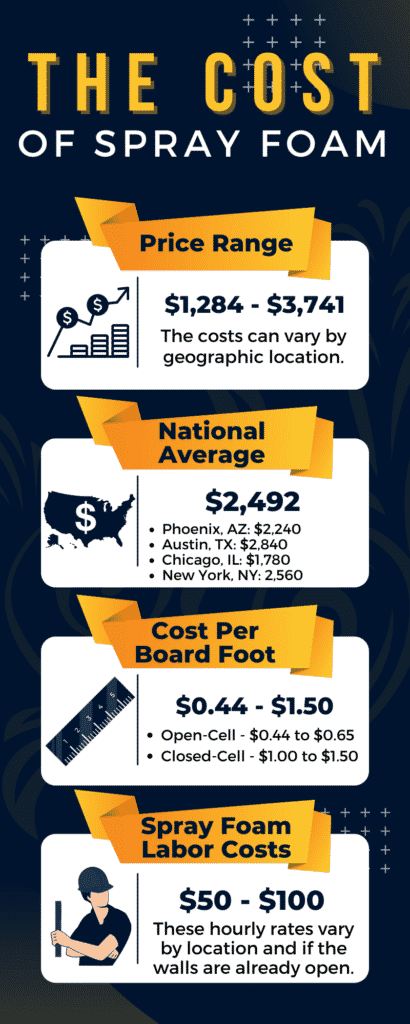
Factors for calculating spray foam insulation cost
Spray foam is applied in layers of 1-inch thickness. The pros are skilled at maintaining uniform layers. However, a stud space is greater than 1 inch. Spray foam insulation costs are easy to calculate.
- To calculate the area, measure the wall’s width and height and multiply these numbers by 2. A wall 10 feet in width and 8 feet tall is 80 square feet.
- Multiply the wall’s area by the depth of your stud space. The stud space for walls with 2×4 studs will be 3.5 inches thick. Multiplying 80 times 3.5 gives you 280. This is the number of board feet that can be filled with spray foam insulation. A board foot measures 12 inches in length, 12 inches in width, and 1 inch thick.
Open-cell spray foam insulation costs between $123 to $182 for a wall that is 3.5 inches deep. Closed-cell spray foam insulation would be more expensive, costing between $280 and $420 for the same wall. These estimates were based on the cost per board foot of open-cell insulation (between $0.64 and $0.65) as well as the range for closed-cell foam insulation (between $1.00 to $1.50).

Spray foam insulation types and thickness
Spray foam insulation can be installed professionally for anywhere from $1,284 up to $3,741. Prices will vary depending on the type of spray foam insulation.
- Open-cell spray foam: This type of spray foam is softened and flexible by the fact that its cells don’t form complete encapsulations. Open-cell spray foam insulation costs $0.44 to $0.65 per board foot.
- Closed-cell spray foam: Similar to open-cell foams, closed-cell foam can also be applied by mixing a polyurethane fluid with air. This causes the foam to expand and seal gaps and spaces, which is perfect for air sealing. True to its name, closed-cell insulation foam features fully encased air cells. This makes closed-cell foam denser than open-cell foam and it is also more resistant to moisture. Closed-cell spray foam installation will cost you an average of $1.00 to 1.50 per board foot.
Type of installation, accessibility, and labor
The cost of spray foam insulation installation is a significant portion of the final cost. Spray foam insulation professionals must be certified to install the brand of insulation they are installing. They use the spray rig provided by the manufacturer.
Depending on where you live, the labor cost of the insulation project can range from $50 to $100 an hour. The cost of labor doesn’t differ by insulation type, so both closed-cell and open-cell applications will have comparable labor costs.
Size of the area
The cost of insulation projects will depend on the size of the area being insulated. Spray foam insulation costs $44-150 for a small project of 100 square feet. The cost of insulating homes with more than 3,000 square feet would be between $1,320 and $4,500.
Geographic location
Spray foam insulation costs can vary greatly from one location to the next, depending on the number of companies offering the service and the demand, as well as the average labor cost. The average cost of spray foam insulation in these communities is:
- Phoenix, Arizona: $2,240
- Austin, Texas: $2,840
- Chicago, Illinois: $1,780
- New York City, New York: 2,560
Do not guess the cost of insulation in your area. Call at least three spray foam insulation contractors to get estimates.
Spray foam cost variables
Cost, of course, can vary depending upon a number of factors, including whether the home being insulated is newly constructed. With a newly constructed home, installation is often simplified since the insulation contractor may be able to coordinate with the architectural crew in a manner that offsets costs. Accessing all areas that need to be sprayed may be more difficult and time-consuming in existing homes.
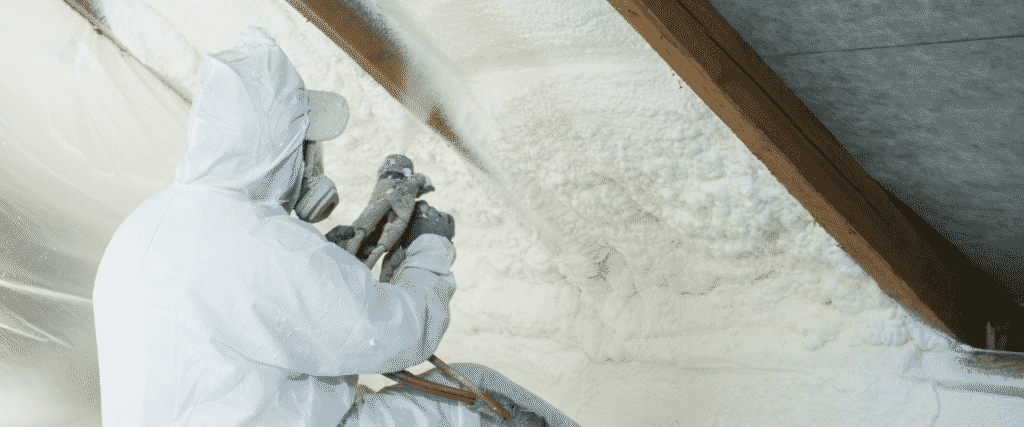
Additional costs and considerations
When the walls are open, insulation is easiest to install. Because the insulation is easily accessible, labor costs for spray foam insulation will be lower at this stage, which can range from $50 to $100 an hour.
In order to reach the stud spaces in an existing house, drywall might need to be taken out. If the spaces aren’t visible, the installer may not be able to do the job. Spray foam insulation can be applied in thin layers up to one inch thick. Before adding layers, each layer must dry completely. Insulating will cost more if you have to take out drywall in order to reach the studs and rafter spaces.
Mold removal
Some insulation types can be damaged by moisture, like fiberglass batts. They are susceptible to shrinking when they get wet, and this causes them to lose their insulation value.
However, leaks in wall cavities can cause fiberglass insulation to be destroyed. They also lead to mildew growth, so it is important that they are removed before any wall space is insulated again.
Mold remediation can cost anywhere from $1,500 to $3,000. This is dependent on the size of the affected area and the labor rate in the surrounding community.
Vapor barrier installation
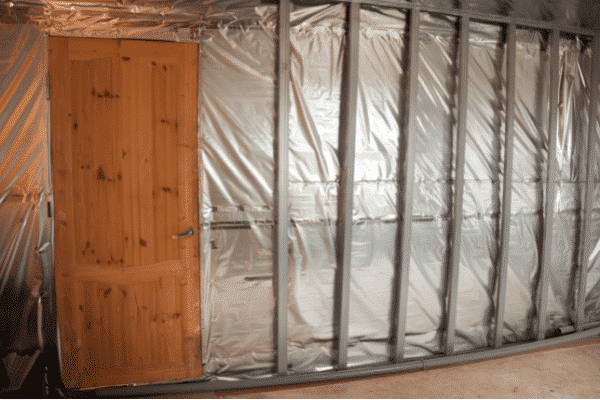
To prevent moisture from entering exterior walls, some local building codes require the installation of a vapor barrier. Closed-cell spray foam insulation can be used as a vapor barrier. Open-cell spray foam is not acceptable as a vapor barrier.
Therefore, homeowners who want open-cell but code requires a vapor barrier must purchase an additional vapor barrier. This could cost anywhere from $0.65 to $1 per foot.
Initial insulation investments are offset by long-term savings
Some industry professionals indicate that the initial cost of installing spray polyurethane foam is two to three times the cost of more traditional insulation forms such as cellulose or fiberglass batts.
However, homeadvisor.com asserts that it also insulates homes at least 50% more than traditional products. In short, spray foam insulation offers a number of benefits that make it an appealing option despite the higher initial investment that it requires:
- Increased energy efficiency
- Reduced energy costs
- Reduced noise
- Improved structural strength
- Resistance to moisture, mildew, and mildew resistance
- Resistance to settling, deterioration and decomposition over time
- Suitability for a number of locations in your home/building (attics, crawlspaces, basements, walls, ceilings, windows, garages, foundations, around HVAC pipes, condensers, floor registers and ductwork; around plumbing pipes and outdoor faucets, etc.)
Types of spray foam insulation
Spray foam insulation is available in many different types, some of which are eco-friendly. It is unlikely that the cost of installing spray foam will be affected by choosing an alternative type of spray foam. This is because the thickness of the spray foam and labor costs in different areas are the main factors affecting the prices.
Traditional polyurethane spray foam
Spray foam insulation is mainly made of polyurethane. This has a good insulation value but can off-gas for a few years. Off-gassing refers to the release of volatile organic compounds (VOCs), which can cause a noticeable chemical smell. The first year of installation is when off-gassing can be strongest. It should stop completely in four to five years. Professional installation of polyurethane foam insulation will cost you $0.44-$1.50 per foot.
Soybean spray foam insulation
Spray foam insulation is made from soybeans. Soybean-based foam has very few VOCs. This means that it doesn’t have an unpleasant chemical smell, which may be a problem for some homeowners.
Soybeans can be grown and harvested on an annual basis so those who are looking for eco-friendly insulation alternatives to polyurethane-based insulation might consider a soybean-based product. The project size will determine the cost of insulation. For example, a 500-square foot ceiling could be insulated for $220 to $750. A larger project, which covers 2,500 square feet, might cost $3,750.
Water-based spray foam
For those who are looking for an alternative to polyurethane spray foam, water-based spray foam might be an option. It will cost about the same to have it installed, with prices ranging from $0.50 up to $2.50 per sq. foot depending on whether it is open-cell or closed-cell insulation. It is important to consider the size and labor costs.
Vegetable oil spray foam insulation
Spray foam insulation may be advertised as made from vegetable oil. However, most are still made from soybean oils. This oil has unique components that allow for the creation of a durable insulating product. Although the cost is comparable to other types of foam, soy- or vegetable-based foams might not be available everywhere.
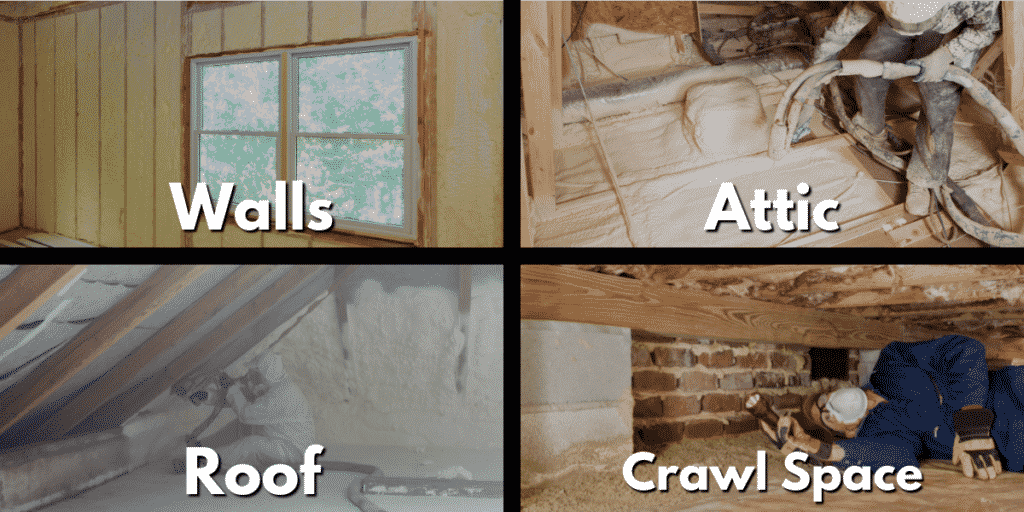
Where can I use spray foam insulation?
Spray foam insulation can be used in many areas of your home to ensure that it is well insulated. Spray foam insulation sprays as a liquid and expands to fill in gaps and creates an airtight seal. This can eliminate drafts and dampen sound transfer between rooms. Spray foam insulation is best used in these areas:
- Exterior stud walls
- If sound-dampening is required, interior walls can be used
- Roof rafters can be used in combination with radiant barriers (if required) to achieve the highest R-value.
- Crawl spaces
- House penetrations include water spigots and gas pipes.
- For sound purposes, interior stud walls
The advantages of spray foam insulation
Insulating a home properly will help make your home more energy-efficient and help maintain a comfortable indoor environment for residents. There are many insulation options. However, spray foam is up to 50% more efficient than other types of insulation, like fiberglass batts and cellulose fibers.
Lower energy bills
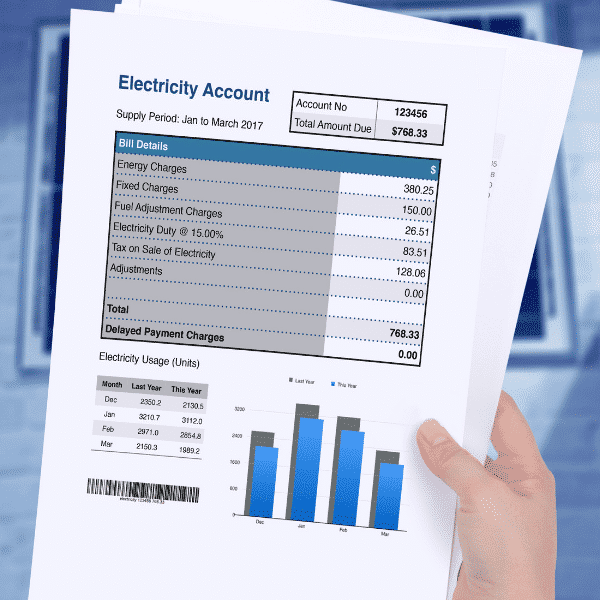
Drafty windows or other air leakages can be a major barrier to energy savings. Spray foam insulation is the only type of insulation that can completely seal air leaks.
This will result in lower utility bills.
Spray foam insulation can be installed in your home for as little as $1,284 to $3.741. This is more than installing batts. However, if you live near high heating and cooling costs, it may pay off in a few years.
Moisture-blocking and air sealing
Moisture and building materials do not mix. Water that leaks through siding could cause damage to a home’s wooden structure.
It costs an average of $1500 to $2250 to insulate 1,500 feet with closed-cell spray foam insulation. This sealant is effective at keeping out air. However, it also serves an additional purpose than open-cell foam. Closed-cell spray foam is a moisture barrier that helps keep water from building materials.
Soundproofing
Spray foam insulation is a dense layer that forms between wall studs and gives it soundproofing properties. Spray foam insulation in wall cavities can be used to reduce sound transfer.
This insulation can be used to block noise from busy streets and common walls between apartments and duplexes. Spray foam insulation of an entire house is approximately $2,492.
High R-Value
Spray foam insulation is more resistant to heat than other insulation due to its denseness and sealant properties. The material’s ability to reduce heat and cold thermal transfer is called R-value. It can be measured in 1-inch thickness. Closed-cell spray foam has the highest R-value.
- Closed-cell spray foam: up to R-7 an inch
- Open-cell Spray Foam: up to R-3.6 an inch
- Blown-in fibers: Prices range from R-3.1 to R-3.7 depending on the fiber type.
- Fiberglass batts up to R-3.8
- Rock wool up to R-3.3
Long-lasting energy savings
Spray foam insulation will cost homeowners more than standard types. However, spray foam insulation seals out air better and has a longer life expectancy of up to 80 years. This is three times the average lifespan of other types.
Spray foam insulation is more durable than fiberglass batts or cellulose fibers because they lose their loft when they get wet. This reduces their R-values.
Mold and mildew-resistant
Spray foam insulation doesn’t absorb moisture making mildew and mildew less likely. Spray foam insulation can be used in damp areas, such as crawl spaces and basements.
A typical 1000-square-foot basement can be insulated for around $2,100, including labor.
An average crawl space can be insulated for about $80 (materials only), before adding labor costs.
Wall reinforcement
Spray foam insulation is not able to be used in constructing walls. However, closed-cell foam, which is the most dense type of foam, can give walls increased racking strength. This means that the wall will be less likely to move out of alignment. It is applied to the walls’ inner surfaces and then hardened to give it more shear strength.
It is ideal for supporting metal buildings and also provides thermal resistance. A 30-foot by 50-foot metal building can be insulated with closed-cell insulation for $1,600 to $2,000.
Tax credits

A rebate or tax credit may be available for improving a home’s energy efficiency. To find out if there are rebate programs available, check with your local building authority.
Additionally, homeowners who make energy-efficient improvements to their homes may be eligible to claim a tax credit when they file an annual income tax return.
Sometimes, these tax credits can be substantial and contribute significantly to the cost of the installation.
Spray foam insulation cost: DIY vs. hiring a professional
Hobbyists are always trying to save money and do their own projects. However, spray foam insulation is only available to certified professionals, so DIYers won’t be able to buy it.
Spray foam insulation can be purchased in kits, although the jury is still out about whether these types are worth the effort. Installing spray foam insulation must be done in thin layers. This can make it difficult to install. Spray foam insulation can expand or contract if it is too thick. This is when excess material must be removed later.
Spray foam insulation pros are the best choice.
How to save money on spray foam insulation costs
Installing spray foam insulation in new construction can be done for a fraction of the cost of installing it in an existing house. It can also be used in rafter and wall spaces that are open. The installer might need to remove wallboard and drill holes in order to inject the foam. These tips may help homeowners save some money.
- Find out if your state or community offers incentives or rebates for energy efficiency.
- Open-cell insulation is the best option. Closed-cell insulation costs $1.00 to $1.50 per board foot, while open-cell insulation costs $0.44 to $0.65 per board foot.
- Spray foam insulation should be applied at the beginning of your home’s construction when possible. It should be applied before the interior drywall is installed. It is less expensive and requires less labor.
Questions to ask about spray foam insulation cost
The average homeowner will spend $1,284 to $3.741 to insulate their home. The difference in cost between closed-cell and open-cell insulation is a major factor in the cost variance. Ask the contractor questions to get the best value for your money.
- Is the work subcontracted? A contractor may arrange for a subcontractor to spray the insulation. The contractor will typically add 10 to 15% to the final bill.
- Can you install open-cell or closed-cell spray foam insulation in the same place? Closed-cell foam insulation is popular because it can be used on roofs and walls. However, at $1.00 to $1.50 per foot, it costs almost twice as much as open-cell foam. You can save money by installing open-cell foam inside walls.
- Are you able to offer a discount for spraying the whole house? Ask the company if they will offer a discount on having the attic insulated and walls as well as the crawl space.
Spray foam insulation cost summary
Homeowners are constantly looking for ways to save energy and money, given the rising cost of running the heating and cooling system in their homes. The cost of spray foam insulation is typically more than other insulation, costing an average of $2,492 per year.
If you’re wondering how much is spray foam insulation worth, well, that may be a matter of opinion. However, we can say that the extra expense can be often recouped through saving on energy bills within a few years.
CALL TODAY!
If you’re considering investing in your home’s comfort and efficiency by installing spray polyurethane foam insulation, you deserve a contractor whose work is second to none. Sunlight Contractors’ spray foam installers are SPFA certified, expertly trained, and committed to superior work and customer satisfaction.
Call now for a complete home energy audit, and ask Sunlight professionals how spray foam insulation can save money, reduce energy waste, and increase comfort in your home!

